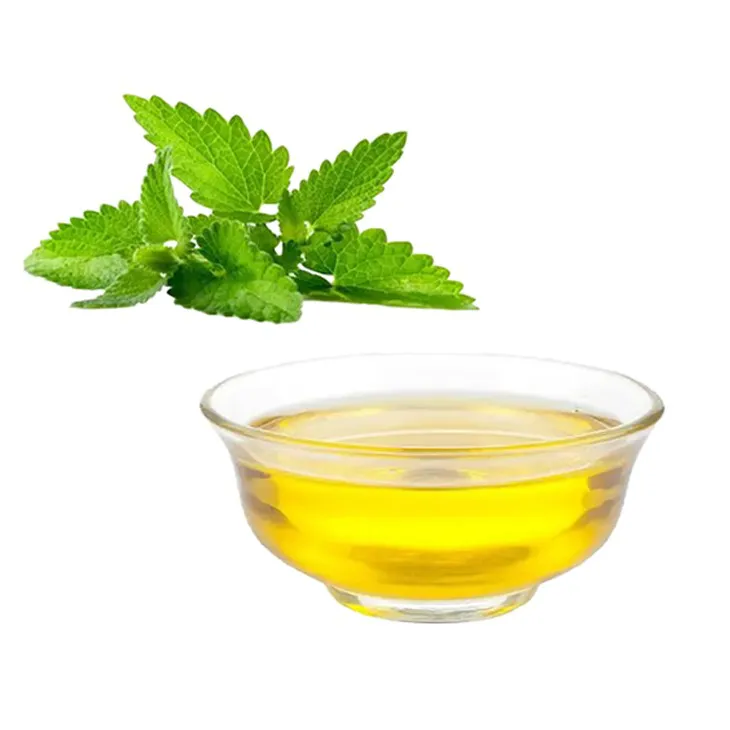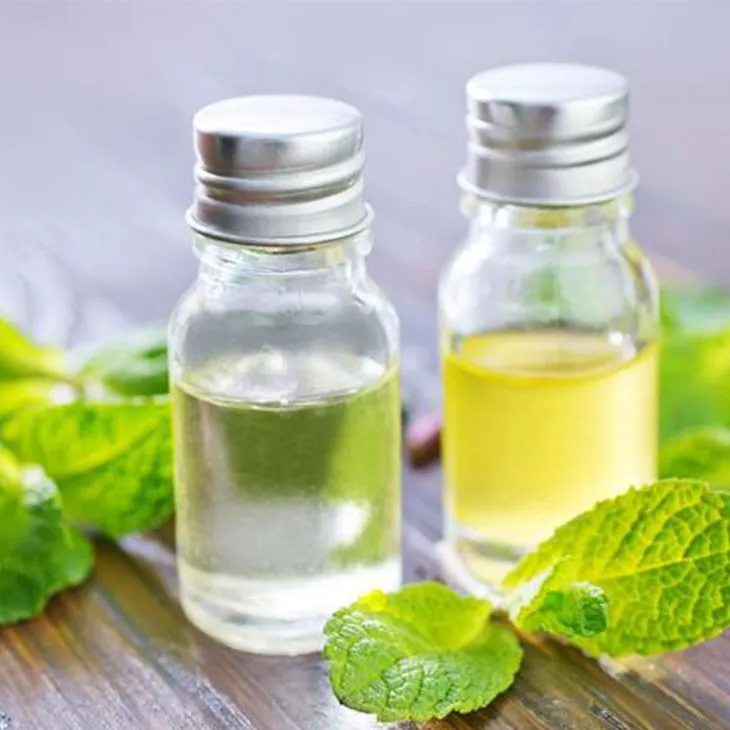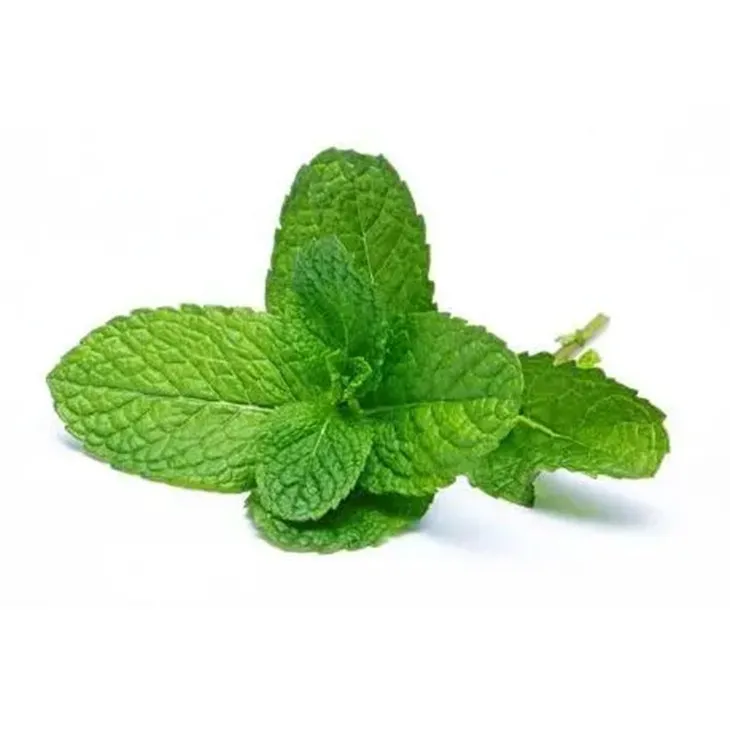- 0086-571-85302990
- sales@greenskybio.com
How to Extract Peppermint Oil by Steam Distillation.
2024-11-29

1. Introduction to Peppermint and Its Properties for Oil Extraction
Peppermint, scientifically known as Mentha piperita, is a popular herb with a wide range of applications, especially in the field of essential oils. It is a hybrid plant, resulting from the cross - breeding of watermint and spearmint.
Chemical Composition
The main components in Peppermint Oil that contribute to its characteristic smell and various properties are menthol, menthone, menthyl acetate, and limonene. Menthol is the most significant compound, which gives Peppermint Oil its cooling and refreshing sensation. It also has antibacterial, antifungal, and anti - inflammatory properties.
Growth and Cultivation
Peppermint thrives in moist, well - drained soil and prefers partial shade. It is a hardy plant that can be grown in many regions around the world. The quality of peppermint used for oil extraction can be influenced by factors such as soil quality, climate, and harvesting time. For example, peppermint harvested at the right maturity stage will generally yield higher - quality oil with a more intense aroma.

2. The Steam Distillation Mechanism
Steam distillation is a commonly used method for extracting essential oils from plants, including peppermint. The principle behind steam distillation is based on the fact that the vapor pressure of the essential oil components is different from that of water.
The Process Steps
1. Preparation of the Plant Material: Fresh peppermint leaves and stems are harvested and washed thoroughly to remove any dirt or debris. They are then coarsely chopped to increase the surface area for better extraction. It is crucial to use fresh plant material as soon as possible after harvesting to ensure the highest quality of the oil.
2. Loading the Still: The chopped peppermint material is placed in the still. A traditional still consists of a boiling chamber, a condenser, and a collection vessel. The amount of peppermint material loaded should be appropriate to ensure efficient extraction without overcrowding the still.
3. Steam Generation: Water is heated in the boiling chamber to produce steam. The steam then passes through the peppermint material. As the steam comes into contact with the plant material, it causes the essential oil components to vaporize. The temperature of the steam is an important factor, and it is usually maintained at around 100°C, which is the boiling point of water.
4. Vapor Condensation: The vapor mixture of steam and essential oil components then moves into the condenser. In the condenser, the vapor is cooled, usually by running cold water around the condenser tubes. As a result, the vapor condenses back into a liquid state. The condensed liquid contains both water and the essential oil.
5. Separation of the Oil: The condensed liquid is collected in a separation funnel. Since oil and water do not mix well, they will separate over time. The Peppermint Oil, which is less dense than water, will float on top of the water layer. The water layer can be carefully drained off, leaving behind the pure peppermint oil.

3. Optimization of Extraction Conditions
To obtain the highest quality and quantity of peppermint oil through steam distillation, several extraction conditions need to be optimized.
Harvesting Time
Peppermint should be harvested at the appropriate time. Generally, it is best to harvest when the plant is in full bloom. At this stage, the concentration of essential oil components in the plant is relatively high. Harvesting too early or too late may result in a lower yield of oil with inferior quality.
Particle Size of the Plant Material
The size of the chopped peppermint material affects the extraction efficiency. If the particles are too large, the steam may not be able to penetrate effectively, leading to incomplete extraction. On the other hand, if the particles are too fine, it may cause clogging in the still. A moderate particle size, usually around 2 - 5 mm, is often optimal.
Steam Flow Rate
The flow rate of the steam also plays a crucial role. A too - slow steam flow rate may not be able to carry all the essential oil components out of the plant material, while a too - fast steam flow rate may cause turbulence and inefficient contact between the steam and the plant material. An appropriate steam flow rate needs to be determined through experimentation, usually in the range of 1 - 3 liters per minute depending on the size of the still.
Distillation Time
The duration of the distillation process is another important factor. If the distillation time is too short, not all the essential oil may be extracted. However, if it is too long, it may lead to the degradation of some components in the oil. For peppermint oil extraction, a distillation time of 2 - 3 hours is often a good starting point, which can be adjusted according to the specific situation.

4. Post - extraction Treatment of Peppermint Oil
After the extraction of peppermint oil through steam distillation, some post - extraction treatments are usually required to further purify and improve the quality of the oil.
Filtration
The freshly extracted peppermint oil may contain some small plant particles or other impurities. Filtration is a simple yet effective method to remove these impurities. A filter paper or a fine - mesh sieve can be used. This step helps to improve the clarity and stability of the oil.
Drying
Even after separation from the water layer, the peppermint oil may still contain a small amount of moisture. Drying the oil can prevent the growth of microorganisms and improve its shelf - life. This can be achieved by using drying agents such as anhydrous sodium sulfate or by placing the oil in a desiccator for a certain period.
Storage
Proper storage is essential to maintain the quality of peppermint oil. It should be stored in a dark, cool, and dry place, preferably in amber - colored glass bottles. This helps to protect the oil from light, heat, and air, which can cause degradation of the oil components over time.

5. Comparison with Other Extraction Techniques
Steam distillation is not the only method for extracting peppermint oil. There are other techniques, and each has its own advantages and disadvantages in terms of efficiency and product quality.
Solvent Extraction
- Process: Solvent extraction involves using organic solvents such as hexane or ethanol to dissolve the essential oil from the peppermint plant material. After extraction, the solvent is evaporated to obtain the essential oil. - Advantages: It can be more efficient in extracting some components that are difficult to extract by steam distillation. It also allows for a higher yield in some cases. - Disadvantages: The use of organic solvents poses potential safety hazards due to their flammability and toxicity. Moreover, there may be some solvent residues left in the final product, which can affect the quality and purity of the essential oil.
Cold - Press Extraction
- Process: This method is mainly used for citrus fruits but can also be applied to some extent to peppermint. It involves mechanically pressing the plant material to release the essential oil. - Advantages: It is a relatively simple and natural method that does not require the use of heat or solvents. It can preserve some heat - sensitive components in the oil. - Disadvantages: The yield of essential oil obtained by cold - press extraction for peppermint is usually relatively low compared to steam distillation. Also, it may not be able to extract all the essential oil components effectively.
Supercritical Fluid Extraction
- Process: Supercritical fluid extraction uses supercritical carbon dioxide as the extraction medium. Under specific temperature and pressure conditions, carbon dioxide becomes a supercritical fluid with properties between a gas and a liquid, which can effectively dissolve the essential oil components from the plant material. - Advantages: It can produce a high - quality essential oil with a high yield. It is also a relatively clean method as carbon dioxide is non - toxic and can be easily removed from the final product. - Disadvantages: The equipment required for supercritical fluid extraction is relatively expensive, which limits its widespread use. Also, the process requires precise control of temperature and pressure conditions.
FAQ:
What are the properties of peppermint relevant to oil extraction?
Peppermint contains essential oils in its leaves and stems. These oils are volatile and can be separated from the plant material. Peppermint has a characteristic aroma due to the presence of menthol, which is a major component of peppermint oil. The chemical composition of peppermint makes it suitable for extraction using steam distillation as the volatile oils can be vaporized and then condensed.
How does the steam distillation mechanism work in peppermint oil extraction?
In steam distillation for peppermint oil extraction, steam is passed through the peppermint plant material. The heat from the steam causes the volatile components of the peppermint, including the oil, to vaporize. These vapors are then carried along with the steam into a condenser. In the condenser, the vapors are cooled and turn back into liquid form. Since water and peppermint oil are immiscible, the oil can be separated from the water layer.
What are the key factors in optimizing the extraction conditions?
The key factors include the temperature of the steam, the duration of distillation, and the particle size of the peppermint plant material. A suitable steam temperature ensures efficient vaporization of the oil without causing degradation of its components. The duration of distillation should be long enough to extract a sufficient amount of oil but not so long that it leads to the extraction of unwanted substances. Finely ground peppermint plant material can increase the surface area available for interaction with the steam, enhancing the extraction efficiency.
What is involved in the post - extraction treatment of peppermint oil?
After extraction, the peppermint oil may need to be purified. This can involve filtration to remove any remaining plant debris or solid particles. Sometimes, drying agents may be used to remove any traces of water. Additionally, quality control tests such as analysis of the chemical composition may be carried out to ensure the purity and potency of the peppermint oil.
How does steam distillation compare to other extraction techniques in terms of efficiency and product quality?
Compared to solvent extraction, steam distillation is generally considered a more natural" and safer method as it does not involve the use of organic solvents. In terms of efficiency, steam distillation can extract a significant amount of peppermint oil, although the yield may be lower than some solvent - based methods in some cases. However, the product quality of peppermint oil obtained by steam distillation is often high, with a pure and characteristic aroma. Other methods like supercritical fluid extraction can also be efficient but may require more complex and expensive equipment. Steam distillation strikes a balance between efficiency and product quality, being a relatively simple and cost - effective method for peppermint oil extraction.
Related literature
- "Steam Distillation of Essential Oils: Principles and Practice"
- "Peppermint: Botany, History, and Applications in Essential Oil Extraction"
- "Comparative Study of Different Extraction Methods for Peppermint Oil"
- ▶ Hesperidin
- ▶ citrus bioflavonoids
- ▶ plant extract
- ▶ lycopene
- ▶ Diosmin
- ▶ Grape seed extract
- ▶ Sea buckthorn Juice Powder
- ▶ Beetroot powder
- ▶ Hops Extract
- ▶ Artichoke Extract
- ▶ Reishi mushroom extract
- ▶ Astaxanthin
- ▶ Green Tea Extract
- ▶ Curcumin Extract
- ▶ Horse Chestnut Extract
- ▶ Other Problems
- ▶ Boswellia Serrata Extract
- ▶ Resveratrol Extract
- ▶ Marigold Extract
- ▶ Grape Leaf Extract
- ▶ blog3
- ▶ blog4
-
Chinese sophora flower extract suppliers.
2024-11-29
-
如何用甜叶菊提取物制作粉末
2024-11-29
-
Kidney bean extract of the best quality.
2024-11-29
-
Optimal Bioavailability of Marigold Extract.
2024-11-29
-
Oyster Mushroom Extract Powder
2024-11-29
-
Soy Extract
2024-11-29
-
Ginger Extract
2024-11-29
-
Motherwort Extract
2024-11-29
-
Nettle Root Extract
2024-11-29
-
Agaricus Blazei Extract
2024-11-29
-
Lemon Juice Powder
2024-11-29
-
Avocado Extract Powder
2024-11-29
-
Milk Thistle Extract
2024-11-29
-
Passionflower Extract
2024-11-29





















